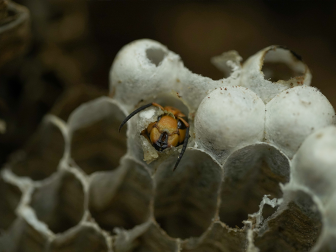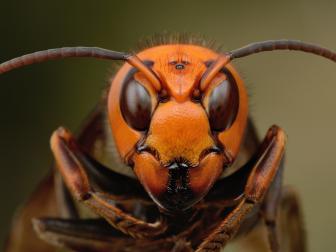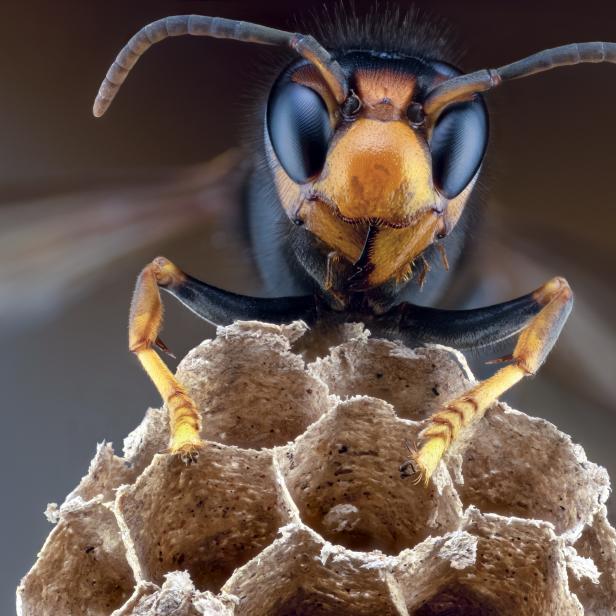
Nicolas Reusens
Murder Hornet Season is Right Around the Corner
The Washington State Department of Agriculture and other agencies are preparing for summer and fall--AKA murder hornet season.
You can stream ATTACK OF THE MURDER HORNETS on discovery+, which follows a group of beekeepers and scientists who work together to protect their community from deadly and invasive Asian giant hornets.
If you hear a buzzing in your ear, you might want to check twice. That’s right! The ‘buzz’ of the murder hornets returning to the U.S. and Canada is true. As winter season comes to an end, the murder hornets season begins in warmer weather, where they’re known to “thrive.” The Washington State Department of Agriculture (WSDA) provided a statement on the hornets return explaining, “... in the coming year, Washington state, British Columbia and US federal agencies are gearing up and collaborating on their plans to track, trap, and eradicate any Asian giant hornets they find.”
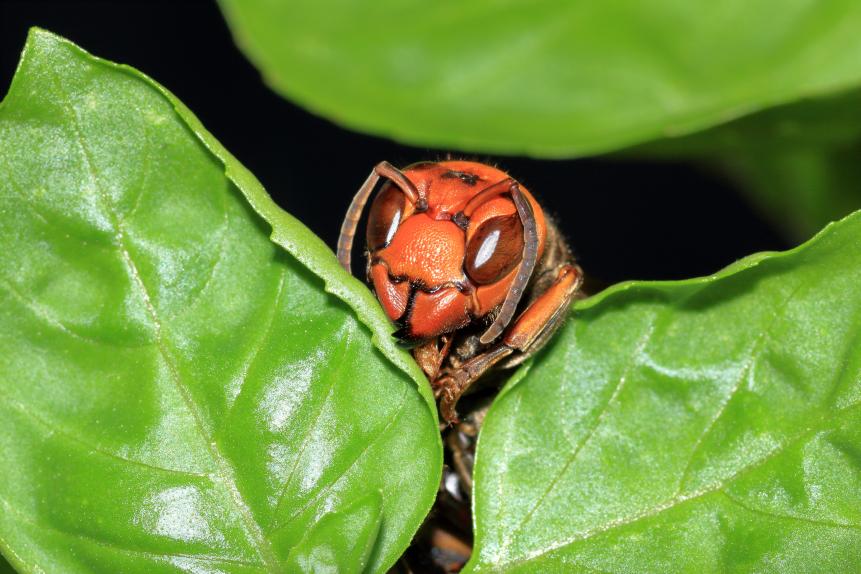
Queserasera99
The species has been commonly referred to as “invasive” due to the fact that it threatens pollinators and our fragile food supply. Asian giant hornets are known for their extensive size, ability to decapitate honey bees, and their incredibly painful sting. These hornets have a toxic venom that can damage human tissue if stung. Rarely so, stings can also be fatal.
For a moment of clarity, the hornets are after the honey bees, not humans. Asian giant hornets attack honey bee hives, murdering an entire colony in a matter of hours--a technique called “slaughter phase” coined by scientists, according to CNN. Once they have taken over the hive, they use the honey bee eggs and larvae to feed their young. Oddly enough, the hornet’s behavior of decimating honey bee hives has not been known to happen with other insects.
How the murder hornets ended up outside their native Asian home is still unknown. Theories suggest they arrived either with international container ships, purchased shipments heading to the U.S., or even travelers leaving or entering the country.
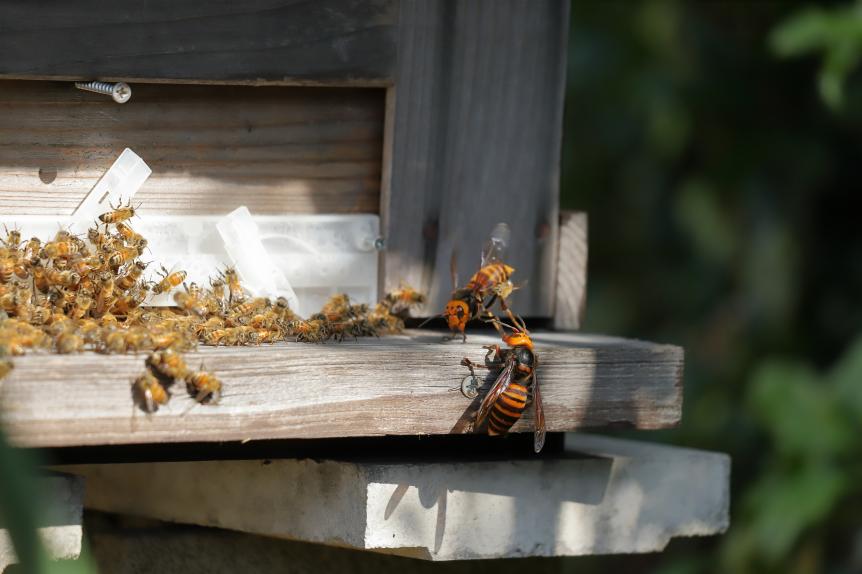
Queserasera99
For the time being, WSDA and other agencies are preparing for the hornet’s arrival, hoping to contain and eradicate the species as soon they emerge. Scientists are pushing for citizens to be on the lookout for the hornets and report them if seen. According to WSDA, “last year, half of the confirmed reports in Washington and all confirmed reports in British Columbia were from members of the public.” Scientists also encourage setting up traps in July with orange juice or brown-sugar based baits, according to CNN.
More on Murder Hornets
Attack of the Murder Hornets Buzzes on to discovery+
ATTACK OF THE MURDER HORNETS follows a group of beekeepers and scientists who work together to protect their community from deadly and invasive Asian giant hornets. The documentary premieres February 20 on discovery+
Murder Hornets Invade the US
For my next trick, says 2020, may I introduce you to… Murder Hornets! Spotted in the Pacific Northwest for the first time, these giant hornets put our ecosystem at risk.
If you’re a local resident to the state of Washington, you can report sightings of Asian giant hornets to the WSDA at agr.wa.gov/hornets, via email at hornets@agr.wa.gov, or by calling 1-800-443-6684, CNN states.









